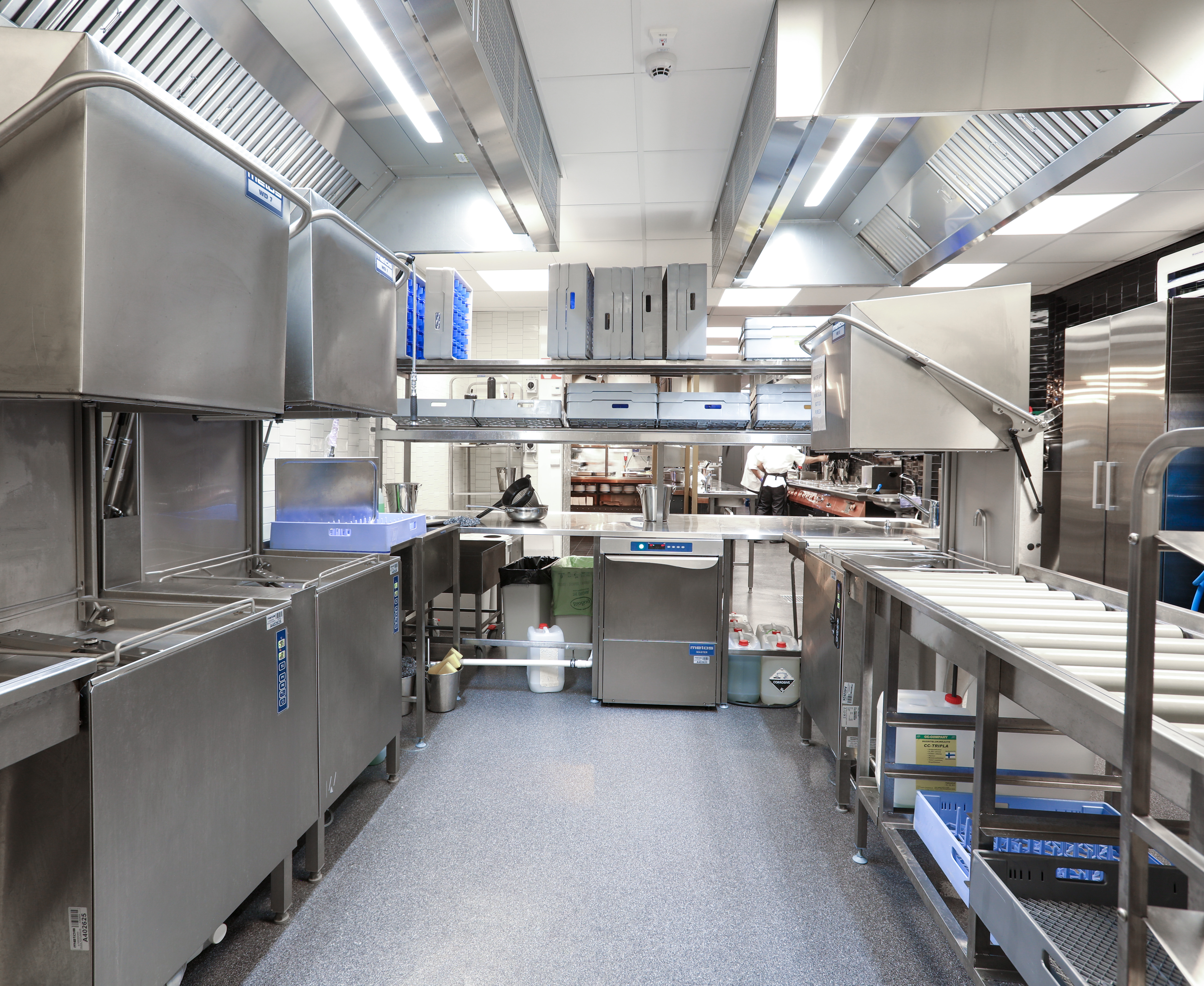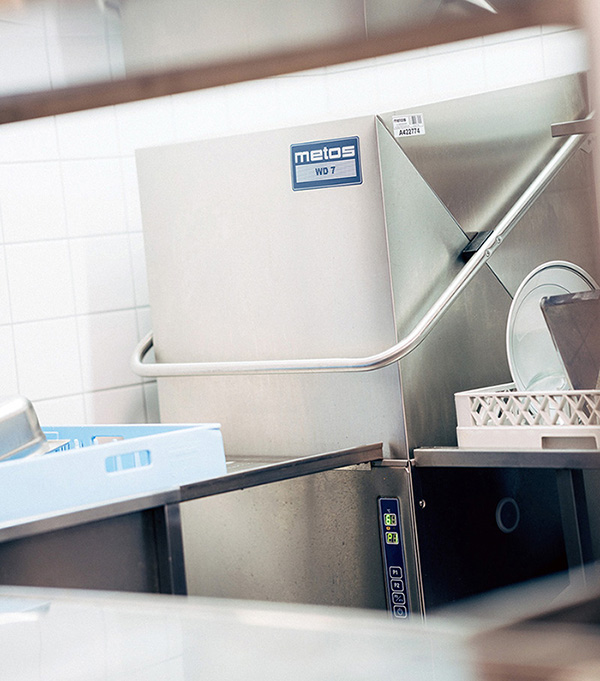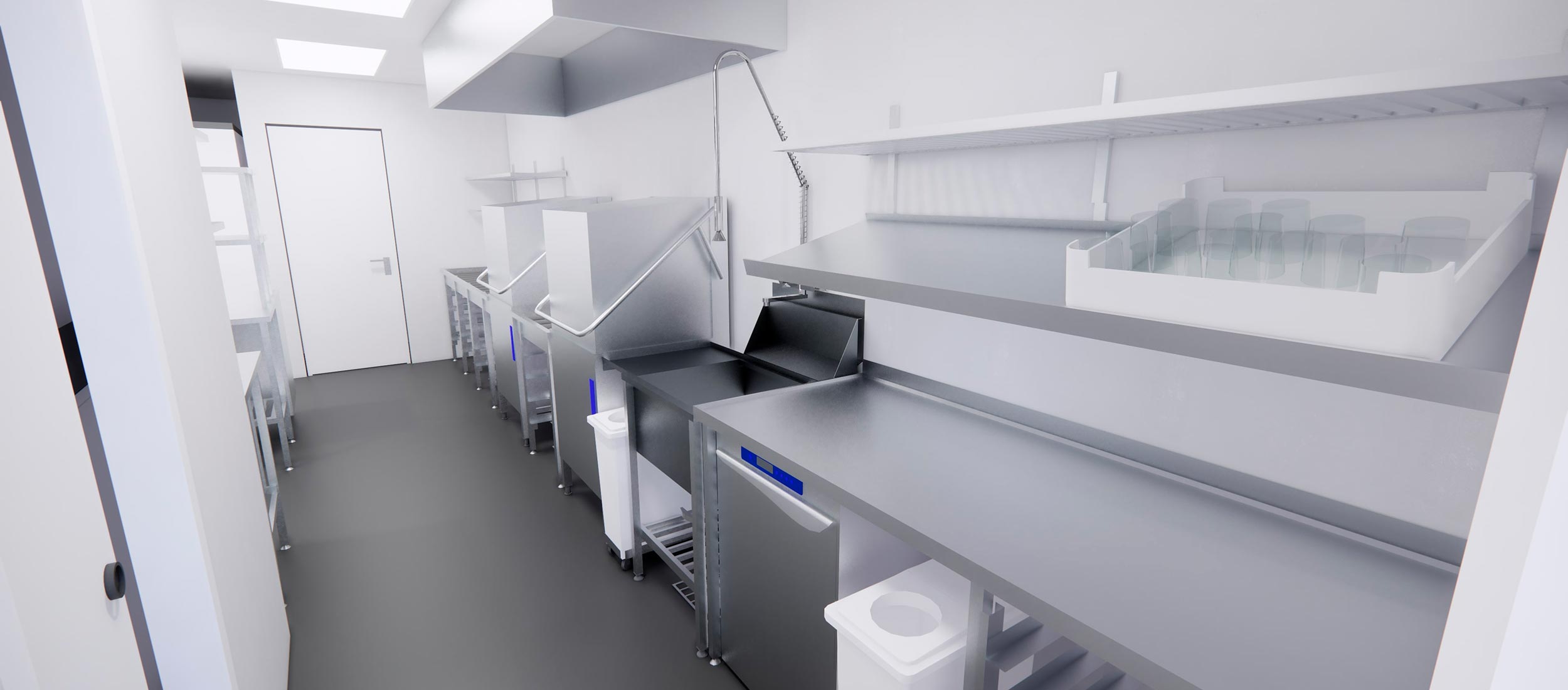-
Preparation
-
Cooking
- Cooking Show all products in category
- Back
- Kettles
- Hot Fill pumps
- Sous Vide basins
- Pressure cookers
- Ovens
- Ranges
- Bratt pans
- iVario
- Pizza equipment and pizza accessories
- Restaurant equipment series
- Griddles
- Grills
- Fryers
- Salamanders and toasters
- Pasta cookers
- Sushi machines
- Hot dog warmers and steamers
- Circulators
-
GN containers and trays
-
Food distribution and food transport
-
Serving units and worktops
- Serving units and worktops Show all products in category
- Back
- Buffet series
- Heated drawers
- Bain-maries
- Counters with heated top
- Heated cupboards
- Cold basins
- Cold counters
- Cold drawers
- Cold work station
- Pizza work station
- Neutral counters
- Plate dispensers
- Water dispensers
- GN dividers for basins and drawers
- Heating lamps and heaters
-
Small equipment for serving
-
Glass display cases and air curtain merchandisers
-
Coffee brewing machines
-
Bar equipment and bar furniture
-
Ice and Ice cream / gelato
-
Cold storage and chilling
-
Dishwashers
- Dishwashers Show all products in category
- Back
- Glasswashers
- Undercounter dishwashers
- Front loaded dishwashers
- Hood type dishwashers
- Pot washers
- Granule washers
- Rack conveyor machines
- Pre-wash machines for WD hood type machines
- Pre-wash machines for WD rack conveyors
- Flight-type washers
- Tray washers
- Trolley washers
- Multiwasher
-
Dishwashing accessories and furnitures
- Dishwashing accessories and furnitures Show all products in category
- Back
- Dishwashing baskets
- Cutlery boxes
- Furniture for undercounter dishwashers
- Furniture for hood type dishwashers
- Furniture for pre-wash machines
- Furniture for pot washers
- Furniture for rack conveyor machines
- Sorting units for dishwashing department
- Pre-wash showers
- Floor washers
- Steam and pressure washers
-
Water filters
-
Kitchen furniture
-
Trolleys
- Trolleys Show all products in category
- Back
- Service trolleys
- Service trolleys with wooden tiers
- Shelf trolleys
- Trolleys for GN containers
- Basket trolleys
- Dispenser trolleys
- Ward service trolleys
- Kettle accessory trolleys
- Tray and cutlery trolleys
- Multipurpose trolleys
- Platform trolleys
- Basin trolleys
- Biowaste and waste trolleys
- Tray return trolleys
- Dish return trolleys
- Plate cassette trolleys
- Flour and spice trolleys
- Salad washing trolleys
- Supplement food trolleys
- Trolleys for transport boxes
- Lifting trolleys
- Laundry trolleys
-
Laundry equipment
-
Outlet
- Outlet Show all products in category
- Back
- Preparation outlet
- Cooking outlet
- Food distribution and food transport outlet
- Serving units and worktops outlet
- Glass display cases and air curtain merchandisers outlet
- Coffee brewing machines outlet
- Bar equipment and bar furniture outlet
- Cold storage and chilling outlet
- Dishwashing outlet
- Kitchen furniture outlet
- All outlet products
-
Preparation
-
Cooking
- Cooking Show all products in category
- Back
- Kettles
- Hot Fill pumps
- Sous Vide basins
- Pressure cookers
- Ovens
- Ranges
- Bratt pans
- iVario
- Pizza equipment and pizza accessories
- Restaurant equipment series
- Griddles
- Grills
- Fryers
- Salamanders and toasters
- Pasta cookers
- Sushi machines
- Hot dog warmers and steamers
- Circulators
-
GN containers and trays
-
Food distribution and food transport
-
Serving units and worktops
- Serving units and worktops Show all products in category
- Back
- Buffet series
- Heated drawers
- Bain-maries
- Counters with heated top
- Heated cupboards
- Cold basins
- Cold counters
- Cold drawers
- Cold work station
- Pizza work station
- Neutral counters
- Plate dispensers
- Water dispensers
- GN dividers for basins and drawers
- Heating lamps and heaters
-
Small equipment for serving
-
Glass display cases and air curtain merchandisers
-
Coffee brewing machines
-
Bar equipment and bar furniture
-
Ice and Ice cream / gelato
-
Cold storage and chilling
-
Dishwashers
- Dishwashers Show all products in category
- Back
- Glasswashers
- Undercounter dishwashers
- Front loaded dishwashers
- Hood type dishwashers
- Pot washers
- Granule washers
- Rack conveyor machines
- Pre-wash machines for WD hood type machines
- Pre-wash machines for WD rack conveyors
- Flight-type washers
- Tray washers
- Trolley washers
- Multiwasher
-
Dishwashing accessories and furnitures
- Dishwashing accessories and furnitures Show all products in category
- Back
- Dishwashing baskets
- Cutlery boxes
- Furniture for undercounter dishwashers
- Furniture for hood type dishwashers
- Furniture for pre-wash machines
- Furniture for pot washers
- Furniture for rack conveyor machines
- Sorting units for dishwashing department
- Pre-wash showers
- Floor washers
- Steam and pressure washers
-
Water filters
-
Kitchen furniture
-
Trolleys
- Trolleys Show all products in category
- Back
- Service trolleys
- Service trolleys with wooden tiers
- Shelf trolleys
- Trolleys for GN containers
- Basket trolleys
- Dispenser trolleys
- Ward service trolleys
- Kettle accessory trolleys
- Tray and cutlery trolleys
- Multipurpose trolleys
- Platform trolleys
- Basin trolleys
- Biowaste and waste trolleys
- Tray return trolleys
- Dish return trolleys
- Plate cassette trolleys
- Flour and spice trolleys
- Salad washing trolleys
- Supplement food trolleys
- Trolleys for transport boxes
- Lifting trolleys
- Laundry trolleys
-
Laundry equipment
-
Outlet
- Outlet Show all products in category
- Back
- Preparation outlet
- Cooking outlet
- Food distribution and food transport outlet
- Serving units and worktops outlet
- Glass display cases and air curtain merchandisers outlet
- Coffee brewing machines outlet
- Bar equipment and bar furniture outlet
- Cold storage and chilling outlet
- Dishwashing outlet
- Kitchen furniture outlet
- All outlet products
Dishwashers and dishwashing solutions for professional kitchens
Dishwashing is an essential part of the professional kitchen. It covers the whole chain of events from returning dirty dishes to storing clean ones, and includes washing, cleaning, moving and sorting. The result, i.e. clean dishes, is the sum of several elements. Knowing the factors that influence the washing result, choosing the right equipment and using and maintaining it correctly are essential for a successful outcome.
Goals for dishwashing in professional kitchens
The absolute cleanliness of the environment, tableware and cutlery is an integral part of a pleasant dining experience and is also defined by the authorities. The Nordic Food Recommendation is monitored in Finland by the Finnish Food Authority. The surface of the dish must be free of visible dirt and must not contain more than 100 microbes. The dishes must be dry. As a rule of thumb, dishes must be dry within one minute of being taken out of the machine.
The number and quality of the dishes to be washed give their own criteria for the dish handling. The circulation of the dishes must be efficient, safe and ergonomic for the workers. Hand-lifted loads, such as baskets and stacks of dishes, must not be too heavy. Low noise levels, good lighting, ventilation and the right working temperature are also essential for a pleasant working environment.
The goal of dishwashing is to produce clean dishes in the shortest possible time, in the most cost-effective way and in a pleasant working environment.


A well-functioning professional kitchen dishwashing department
The design of a dishwashing section should consider factors such as the type of kitchen, i.e. whether it is a restaurant, staff canteen, school or hospital, the number of diners, the number of dishes and utensils and the speed of circulation, the shape and materials of dishes, the space and access of the dishwashing section, and the time and cost of washing.
Dishwashing in a professional kitchen is a whole, of which the dishwasher is only one piece – though an important one. The dishwashing system includes returning dishes to the washing area, removing food waste, sorting and stacking dishes, washing, rinsing and drying, and storing and moving dishes to serving stations.
These activities are linked together in a continuous, flexible chain of operations. The solution model is always designed on a case-by-case basis.

Dishwashing uses a lot of water, electricity and detergents. Dishwashing choices can make a big difference to the environmental load in the kitchen.

Which dishwasher is best for your professional kitchen?
Dishwashers for professional use are divided into different categories. Sometimes choosing the right machine for your professional kitchen can be a challenge, as there are many different categories and within each there are many different models. Choosing the right machine will serve its user best, so it pays to get to know the different alternatives and their features.
Undercounter dishwashers are a handy choice for small spaces such as bars and day-care centres, and are suitable for washing glasses and dishes. Hood-type dishwashers offer an ergonomic solution for medium and large professional kitchens. Pot washers are designed for large professional kitchens where large dishes and equipment parts are washed. Granule washers use biodegradable granules to remove stuck-on dirt and are suitable for heavy-duty washing needs. Rack conveyor machines are efficient capacity solutions for commercial kitchens, optimising water and energy use. Flight-type washers, on the other hand, are flexible, high-capacity machines that can be tailored to the customer's needs.


Read more:
An error occurred while processing the template.
The following has evaluated to null or missing:
==> linkedArticle1 [in template "20097#20123#68380134" at line 3, column 59]
----
Tip: If the failing expression is known to legally refer to something that's sometimes null or missing, either specify a default value like myOptionalVar!myDefault, or use <#if myOptionalVar??>when-present<#else>when-missing</#if>. (These only cover the last step of the expression; to cover the whole expression, use parenthesis: (myOptionalVar.foo)!myDefault, (myOptionalVar.foo)??
----
----
FTL stack trace ("~" means nesting-related):
- Failed at: #assign webContentData = jsonFactoryU... [in template "20097#20123#68380134" at line 2, column 1]
----
1<div class=linkedArticle1.>
2<#assign
3 webContentData = jsonFactoryUtil.createJSONObject(linkedArticle1.getData())
4/>
5<#if webContentData?? && webContentData.title??>
6 <a href="${linkedArticle1.getFriendlyUrl()}">
7 ${webContentData.title}
8 </a>
9 <br><br>
10</#if>
11</div>
12
13<div class=linkedArticle2.>
14<#assign
15 webContentData = jsonFactoryUtil.createJSONObject(linkedArticle2.getData())
16/>
17<#if webContentData?? && webContentData.title??>
18 <a href="${linkedArticle2.getFriendlyUrl()}">
19 ${webContentData.title}
20 </a>
21 <br><br>
22</#if>
23</div>
24
25<div class=linkedArticle3.>
26<#assign
27 webContentData = jsonFactoryUtil.createJSONObject(linkedArticle3.getData())
28/>
29<#if webContentData?? && webContentData.title??>
30 <a href="${linkedArticle3.getFriendlyUrl()}">
31 ${webContentData.title}
32 </a>
33 <br><br>
34</#if></div>
35
36<div class=linkedArticle4.>
37<#assign
38 webContentData = jsonFactoryUtil.createJSONObject(linkedArticle4.getData())
39/>
40<#if webContentData?? && webContentData.title??>
41 <a href="${linkedArticle4.getFriendlyUrl()}">
42 ${webContentData.title}
43 </a>
44 <br><br>
45</#if>
46</div>
47
48
49<#--
50Add elements from the sidebar to define your template. Type "${" to use the
51autocomplete feature .
52-->
53
54
55<style>
56
57
58a {
59 color:#004e84;
60
61}
62
63
64
65
66
67
68
69</style>
The following has evaluated to null or missing:
==> linkedArticle1 [in template "20097#20123#68380134" at line 3, column 59]
----
Tip: If the failing expression is known to legally refer to something that's sometimes null or missing, either specify a default value like myOptionalVar!myDefault, or use <#if myOptionalVar??>when-present<#else>when-missing</#if>. (These only cover the last step of the expression; to cover the whole expression, use parenthesis: (myOptionalVar.foo)!myDefault, (myOptionalVar.foo)??
----
----
FTL stack trace ("~" means nesting-related):
- Failed at: #assign webContentData = jsonFactoryU... [in template "20097#20123#68380134" at line 2, column 1]
----
1<div class=linkedArticle1.>
2<#assign
3 webContentData = jsonFactoryUtil.createJSONObject(linkedArticle1.getData())
4/>
5<#if webContentData?? && webContentData.title??>
6 <a href="${linkedArticle1.getFriendlyUrl()}">
7 ${webContentData.title}
8 </a>
9 <br><br>
10</#if>
11</div>
12
13<div class=linkedArticle2.>
14<#assign
15 webContentData = jsonFactoryUtil.createJSONObject(linkedArticle2.getData())
16/>
17<#if webContentData?? && webContentData.title??>
18 <a href="${linkedArticle2.getFriendlyUrl()}">
19 ${webContentData.title}
20 </a>
21 <br><br>
22</#if>
23</div>
24
25<div class=linkedArticle3.>
26<#assign
27 webContentData = jsonFactoryUtil.createJSONObject(linkedArticle3.getData())
28/>
29<#if webContentData?? && webContentData.title??>
30 <a href="${linkedArticle3.getFriendlyUrl()}">
31 ${webContentData.title}
32 </a>
33 <br><br>
34</#if></div>
35
36<div class=linkedArticle4.>
37<#assign
38 webContentData = jsonFactoryUtil.createJSONObject(linkedArticle4.getData())
39/>
40<#if webContentData?? && webContentData.title??>
41 <a href="${linkedArticle4.getFriendlyUrl()}">
42 ${webContentData.title}
43 </a>
44 <br><br>
45</#if>
46</div>
47
48
49<#--
50Add elements from the sidebar to define your template. Type "${" to use the
51autocomplete feature .
52-->
53
54
55<style>
56
57
58a {
59 color:#004e84;
60
61}
62
63
64
65
66
67
68
69</style>
